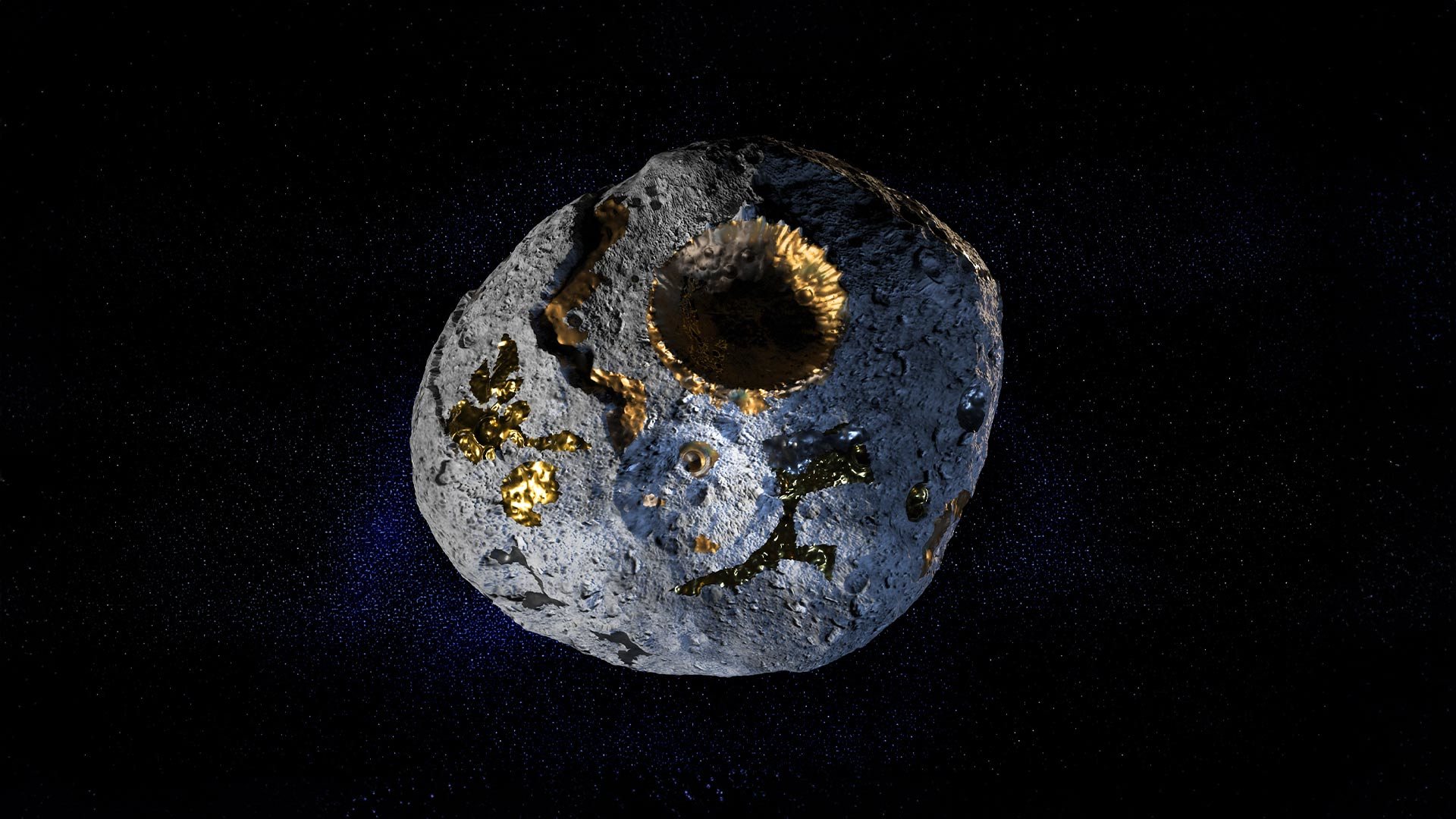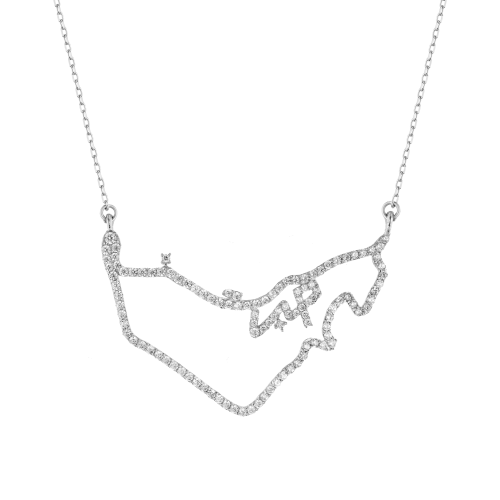Gold in Space: How Asteroids Could Become the Next Gold Mines

The night sky has always captivated human imagination, but beyond its beauty lies untold wealth. Asteroids, once considered mere space debris, are now being recognized as potential treasure troves of precious metals—particularly gold. As Earth's resources face increasing pressure, the vast frontier of space beckons with riches that could transform our economy and our relationship with precious metals.
The Golden Promise of Asteroids
Asteroids contain an abundance of precious metals in concentrations far exceeding what's typically found in Earth's crust. While terrestrial gold mining often yields just a few grams per ton of ore, some metallic asteroids could contain gold in concentrations hundreds or even thousands of times higher.
The asteroid belt between Mars and Jupiter holds millions of these rocky bodies, ranging from pebble-sized to hundreds of kilometers in diameter. Among these, M-type (metallic) asteroids are of particular interest to prospective space miners. These asteroids are primarily composed of iron and nickel, but many contain significant amounts of precious metals, including gold, platinum, and palladium.
One particularly tantalizing example is the asteroid 16 Psyche, a 140-mile-wide metallic world that NASA plans to study with a dedicated mission. Some estimates suggest Psyche could contain gold and other precious metals worth quintillions of dollars—though the actual composition remains a subject of scientific debate.
The Economics of Space Mining
The potential value is staggering. A single platinum-rich asteroid roughly 500 meters in diameter could contain more platinum than has ever been mined on Earth. But the true economic revolution wouldn't simply come from bringing these materials back to Earth—it could fundamentally reshape how we think about resource scarcity.
"Space mining could eventually create a post-scarcity economy for certain metals," explains Dr. Jessica Martinez, a space resources economist. "When you consider that a single asteroid could contain more gold than has been mined throughout human history, it forces us to reconsider the very notion of what makes these metals 'precious' in the first place."
However, the economics remain challenging. Current launch costs, though falling dramatically in recent years, still make asteroid mining prohibitively expensive for most metals. The most economically viable near-term approach would be to extract resources for use in space itself—using asteroid water for rocket fuel or metals for construction—rather than returning materials to Earth.
The Technology of Asteroid Mining
Several approaches to asteroid mining have been proposed:
- Redirect and extract: Moving smaller asteroids into lunar orbit where they can be mined more easily.
- In-situ mining: Sending autonomous mining equipment directly to asteroids to extract valuable materials.
- Processing innovations: Developing techniques like optical mining, which uses concentrated sunlight to extract volatile materials.
The development of autonomous robotics is particularly crucial. "The extreme distances involved make direct human control impractical," notes robotics engineer Dr. Hiroshi Tanaka. "The future of asteroid mining will rely on highly autonomous systems capable of adapting to unpredictable environments and making independent decisions."
Several technologies already under development could play key roles, including space-based 3D printing, advanced robotics, and new propulsion systems. Recent advances in machine learning are particularly promising, as they could enable mining robots to identify optimal extraction points without human intervention.
Regulatory Frontiers
As with any frontier, questions of ownership and regulation loom large. The 1967 Outer Space Treaty establishes that space is the "province of all mankind," but doesn't clearly address resource extraction rights.
More recently, countries including the United States, Luxembourg, and the United Arab Emirates have passed national legislation recognizing the right of companies to own resources they extract from celestial bodies. The 2015 US Commercial Space Launch Competitiveness Act explicitly permits US citizens to "possess, own, transport, use, and sell" resources extracted from asteroids.
However, a comprehensive international framework has yet to emerge. "We're in a situation similar to maritime law in the early days of ocean exploration," explains space law expert Dr. Elena Rodriguez. "Nations are establishing their positions, but eventually we'll need global consensus on resource rights in space."
The Timeline to Space's Gold Rush
When might we see the first commercial asteroid mining operation? The timeline remains uncertain, but most experts agree that the 2030s could mark the beginning of experimental operations.
Companies like Planetary Resources (now part of ConsenSys Space) and Deep Space Industries pioneered early asteroid mining concepts, though both ultimately pivoted away from their original mining focus. However, a new generation of startups, backed by both private investment and government interest, is emerging.
NASA's OSIRIS-REx mission, which successfully collected samples from asteroid Bennu in 2020, demonstrated the feasibility of manipulating asteroid material in space. The Japan Aerospace Exploration Agency (JAXA) has already successfully returned samples from asteroids twice with its Hayabusa missions.
Environmental Considerations
While asteroid mining could reduce environmental pressures on Earth by shifting extraction activities to space, it also raises new environmental questions. The potential for contamination of pristine celestial bodies, creation of space debris, and even alterations to orbital mechanics must be considered.
"We have an opportunity to develop this industry with environmental foresight from the beginning," emphasizes environmental scientist Dr. Marcus Chen. "Let's not repeat the mistakes we made with terrestrial mining."
Beyond Gold: The Broader Impact
The significance of asteroid mining extends beyond gold and precious metals. The technologies developed for asteroid mining could enable broader space industrialization, potentially leading to space-based solar power, manufacturing facilities, and eventually habitats.
Perhaps most importantly, establishing a space-based resource economy could help humanity transition away from Earth's limited resources, potentially addressing some of our most pressing sustainability challenges.
The gold rushes of the past transformed regions and economies. The coming space gold rush may transform our entire civilization. While significant technological, economic, and regulatory challenges remain, the potential rewards—both in direct resource value and in the development of a space-based economy—could usher in a new era of abundance.
As we look to the stars, we're not just seeing distant lights—we're seeing the glint of humanity's next frontier. The asteroids circling our sun may hold not just gold, but the resources to build a sustainable, multi-planetary future. The space gold rush isn't just about wealth; it's about expanding the sphere of human activity beyond our planetary cradle, and in the process, perhaps solving some of our most pressing challenges here on Earth.







